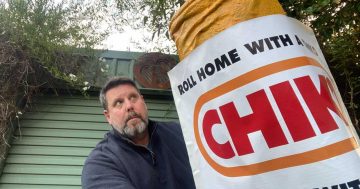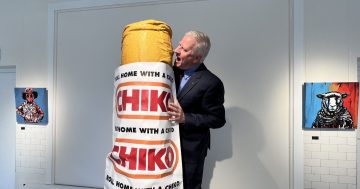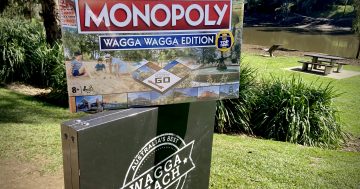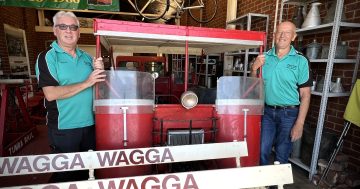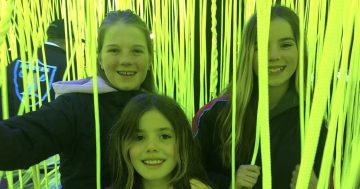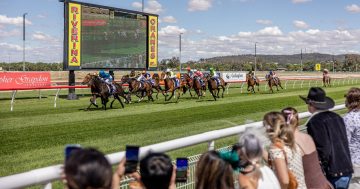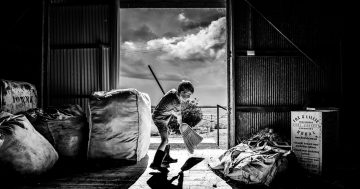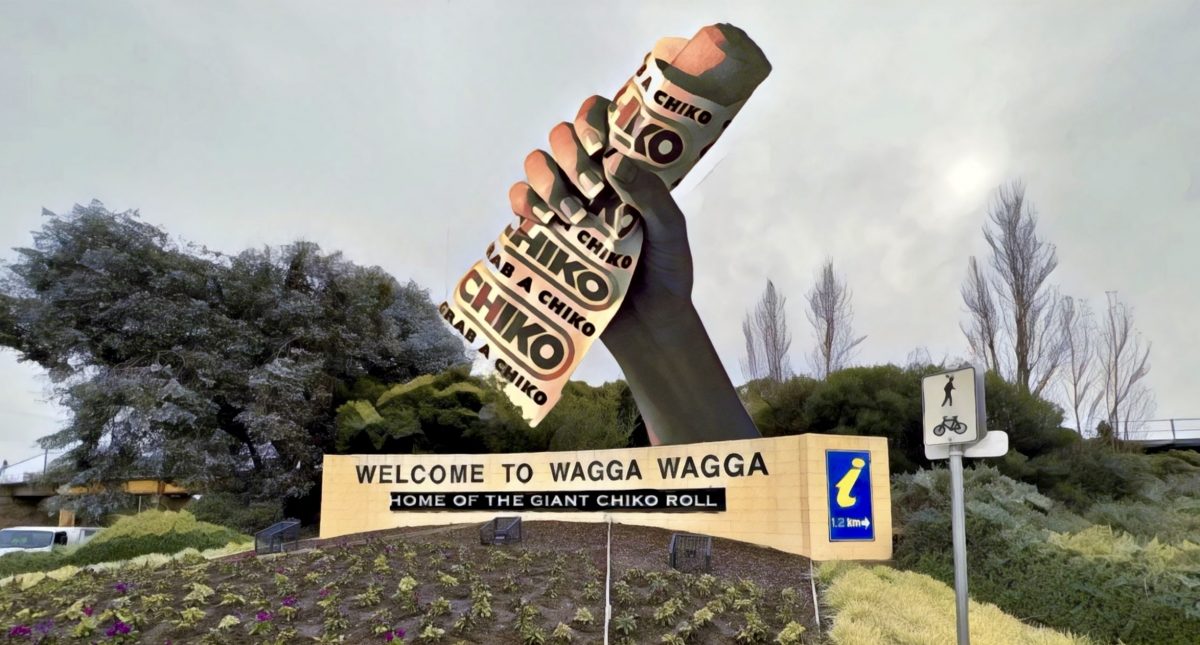
Is there a Big Chiko Roll in Wagga’s future? Photo: Chris Roe.
“What could be sillier than arguing about a Chiko Roll?” asked veteran journalist and renowned explorer of modern Australia, Bruce Elder, in a recent post on his Aussie Towns social media account.
“It is a sort of culinary dildo – and, if you are not terribly discriminating, it can fill a vacant hole in a stomach with minimal effort,” he explained for the uninitiated before detailing the political stoush that broke out in 2016 between Bathurst, Bendigo and Wagga.
While the tale of the three-town tussle for a piece of fast-food history (that is probably best forgotten!) makes for a fun read, Elder also makes the broader point that it stems from “modern Australia’s desperate attempts to find regional uniqueness”.
It raises the question: how do we see ourselves in the Riverina? What is it that makes us unique and how do we bring visitors to our towns?
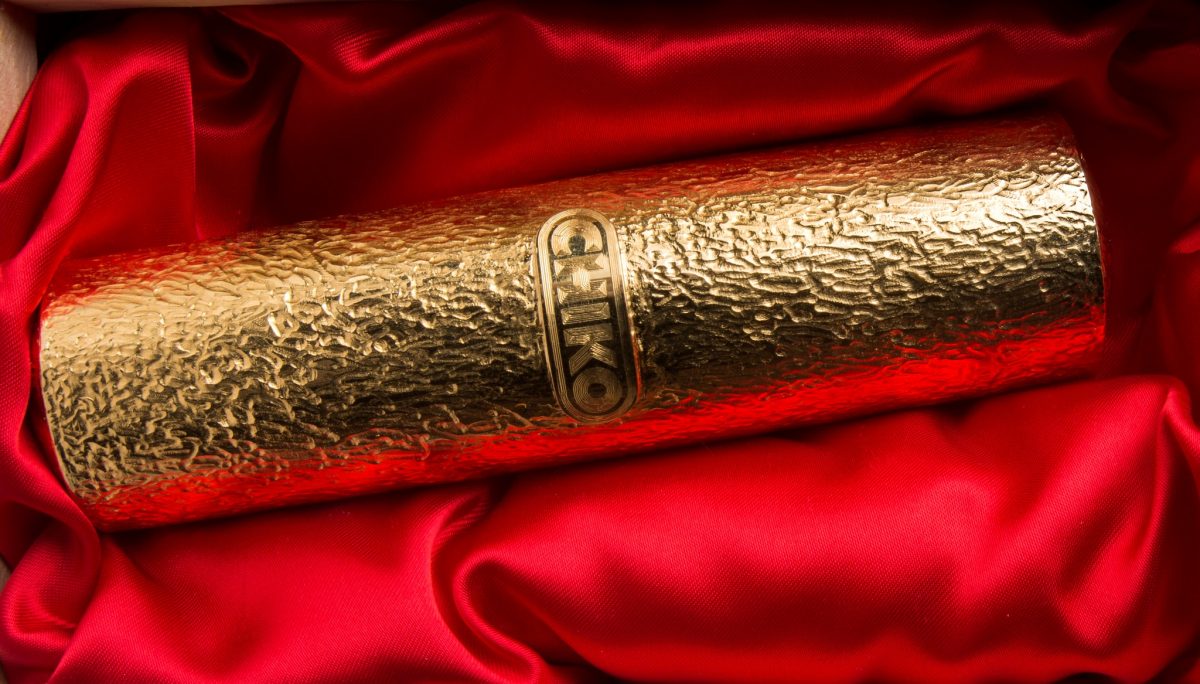
Both Wagga Wagga and Bendigo received the Golden Chiko Roll to acknowledge their connection to the Aussie snack. Photo: Museum of the Riverina.
As the mind behind the ”definitive travel guide to Australian towns and destinations” and a recent critic of Wagga’s claim to the Chiko, Region asked Elder for some more constructive feedback.
“It is a really interesting question,” he said, mulling it over.
“The thing about Wagga which really interests me is that you really have got some absolutely remarkable things.
“I mean, you’ve probably got the best beach on the river from one end to the other, you’ve got the finest Museum of Glass Art [National Art Glass Gallery] anywhere in the country and you have a really interesting museum [Museum of the Riverina] that is absolutely full of the region’s sporting heroes.
“But how you promote all these things and encourage people to visit is tricky because I think people’s understanding of the Riverina as a region is pretty blurry.”
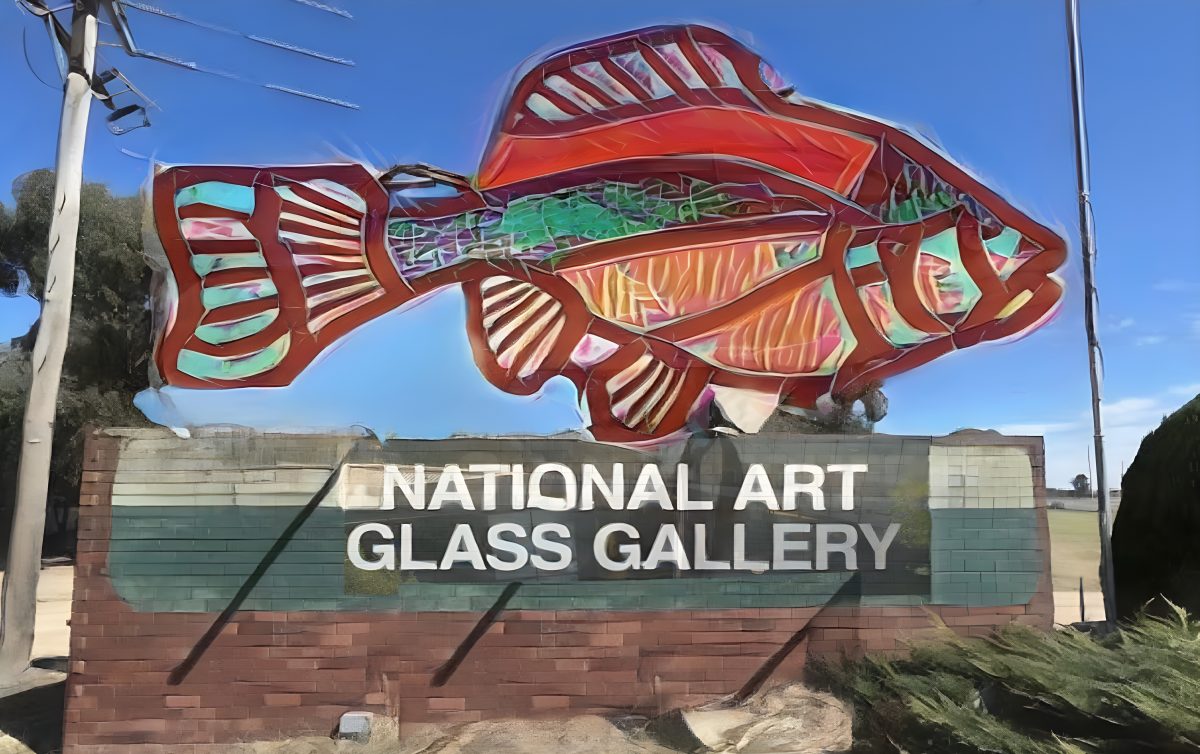
Could Wagga’s iconic Murray cod sign be transformed into a stained-glass monument to promote the region and our national art gallery? Photo: Chris Roe.
Asked (with tongue firmly in cheek) whether a ”Big Chiko Roll” might prove to be a drawcard, Elder reflected thoughtfully on the boom in silo art across the regions.
While an artwork on its own may not bring tourists, collective promotions such as The Riverina Outdoor Art Trail can.
“I think initially people were saying that these artworks did improve interest in some of the towns, but I think it reaches a point of exhaustion,” Elder said.
“People will stop, take a photograph, go, ‘Gee whiz, that’s amazing. It’s huge. How did they do it?’ and then they drive on without thinking to stop at the pub for lunch or poke around town.”
Elder said the regions needed to band together to create complementary attractions that supported each other to tell a story and create an experience that was unique.
“I used to say to people, rather facetiously, ‘Give me $12 million and I’ll turn you into a tourist attraction’ because that was how much it cost to set up the Stockman’s Hall of Fame and as a result, that whole area has absolutely blossomed.
“There are now a lot of attractions that have grown up around it and they are good at revitalising it so that you could go every five years and have a fairly dramatically different experience.”
But he said time had shown that there was no one-size-fits-all approach and the Stockman’s Hall of Fame benefitted from being the first of its kind.
“In the Riverina, there’s a really good example that shoots down the idea that you can just build an attraction, because Hay got an awful lot of money to put up their specialty museum and I don’t think it’s been hugely successful at drawing people down.”
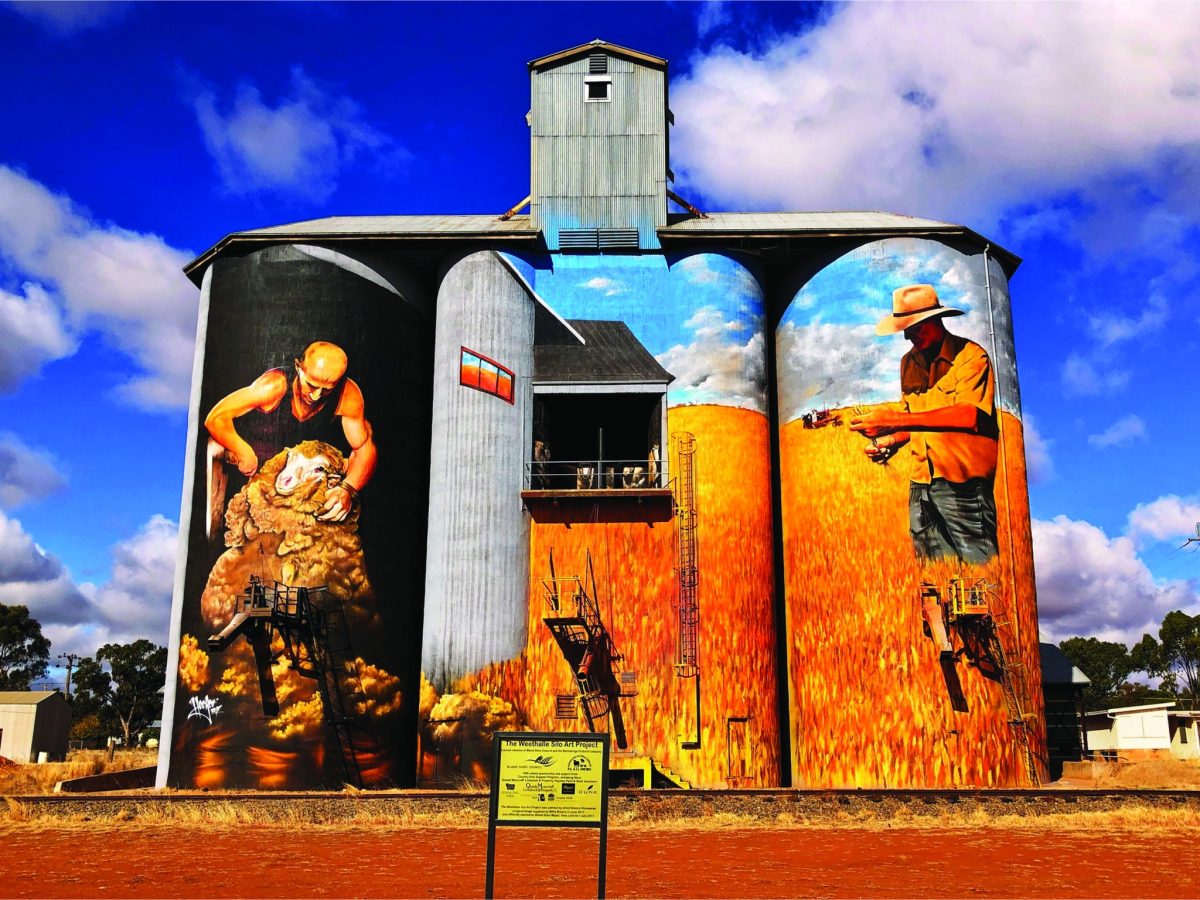
Heesco Khosnaran’s spectacular silo art at Weethalle. Photo: Heesco Khosnaran.
So how do we do it?
Wagga is full of fantastic features, the surrounding villages are beautiful and offer unique attractions, the MIA is Australia’s food bowl and there’s an art deco architectural haven. Wiradjuri culture and heritage is strong and the settler and multicultural history of the region is rich and diverse.
How would you create a strong regional identity and promote the Riverina to the world?







